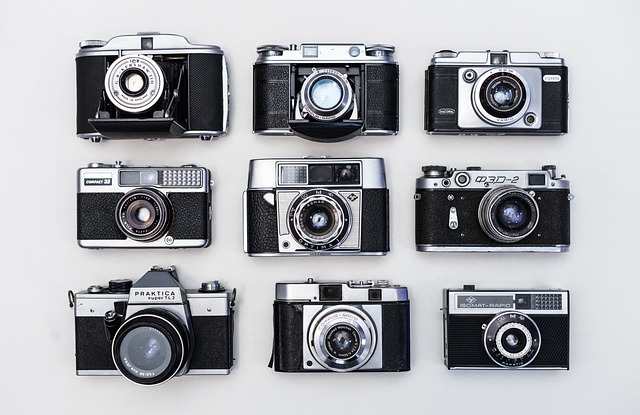Photography, the art of capturing light and transforming it into a lasting image, has revolutionized how we document and experience the world around us. Its journey, spanning centuries, is a captivating tale of scientific discovery, artistic ingenuity, and ever-evolving technology.
The Evolution of Photography
Early Beginnings: The Seeds of Photography are Sown
The concept of capturing light can be traced back to the principle of the camera obscura, a darkened chamber known in the 5th century BCE. However, it wasn’t until the 1820s that the dream of permanent light capture became a reality.
Joseph Nicéphore Niépce, a French inventor, is credited with creating the oldest surviving photograph, “View from the Window at Le Gras,” in 1826. Using a pewter plate coated with bitumen, Niépce required an eight-hour exposure time, a testament to the rudimentary nature of this early photographic process.
The Daguerreotype and the Dawn of Commercial Photography
In 1837, Louis Daguerre, a French artist collaborating with Niépce, unveiled the daguerreotype process. This method used a silver-plated sheet of metal, significantly reducing exposure times to a mere 30 minutes.
The daguerreotype process produced incredibly detailed and sharp images, sparking a wave of fascination. The boulevard du temple in Paris, captured by Daguerre in 1838, is considered the oldest surviving photograph of people, albeit unknowingly caught during the long exposure.
The Rise of Calotype and the Democratization of Photography
While the daguerreotype process offered exquisite quality, it was a one-of-a-kind image. Enter William Henry Fox Talbot, a British scientist, who introduced the calotype process in 1841. This method used paper negatives, allowing for multiple positive prints.
Frederick Scott Archer’s invention of the collodion process in 1851 further improved image quality and reduced exposure times. These advancements paved the way for photography to become more accessible and widespread.
The Birth of Eastman Kodak and the Dawn of the Amateur Photographer
The late 19th century witnessed a pivotal shift with George Eastman’s introduction of the Eastman Kodak camera in 1888. This portable, user-friendly camera, accompanied by the famous slogan “You press the button, we do the rest,” revolutionized photography.
Using dry gel on paper (later known as film) eliminated the need for heavy equipment and complex chemical processes. Amateur photographers could now easily capture precious moments, forever altering how we document our lives.
Checkout: Affordable Wedding Photographers: Capturing Your Special Day Without Breaking the Bank
20th Century and Beyond: The Digital Revolution
The 20th century ushered in the era of digital photography. The invention of the digital camera in the 1970s marked a paradigm shift. Unlike film cameras, digital cameras captured images electronically, allowing for instant preview, editing, and sharing.
Exposure times became a matter of milliseconds, and the need for physical development vanished. The invention of digital cameras democratized photography even further, placing the power of image capture in the hands of virtually everyone.
Conclusion: Evolution of Photography
From the sun-kissed daguerreotypes to the instant gratification of digital photography, the evolution of photography is a remarkable story of human innovation. This technology has not only transformed how we record history and document our personal lives but has also become an art form in itself.
As we move forward, the future of photography promises even more exciting possibilities, with advancements in artificial intelligence and computational photography pushing the boundaries of what’s possible. The journey of capturing light continues, forever etching moments in time for generations to come.



